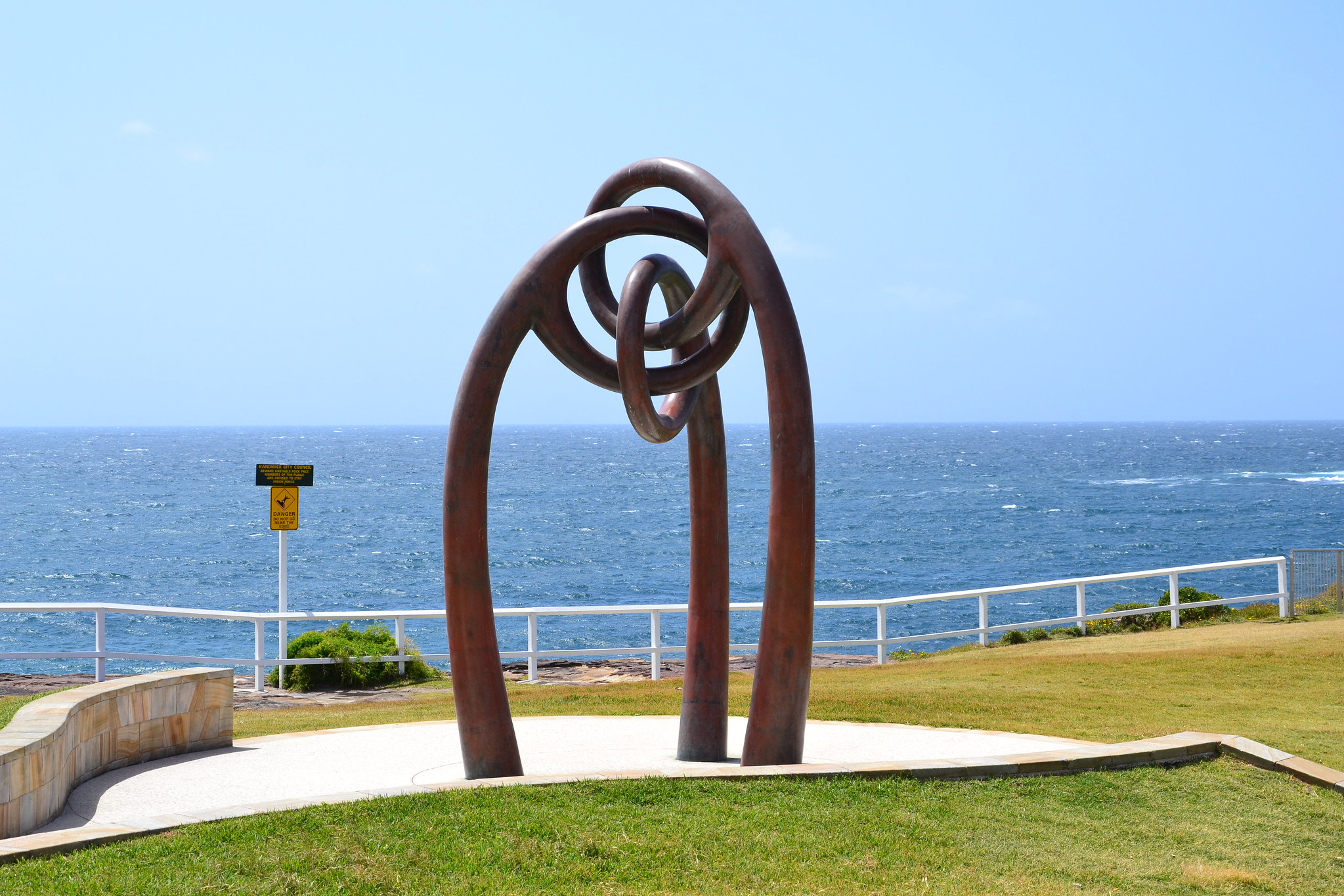The Dictionary of Sydney was archived in 2021.
2002 Bali Bombing
Citation
Persistent URL for this entry
To cite this entry in text
To cite this entry in a Wikipedia footnote citation
To cite this entry as a Wikipedia External link
2002 Bali Bombing
At 11pm on 12 October 2002, two suicide bombers killed two 202 people during an attack on popular Balinese nightclubs Sari Club and Paddy’s Bar. The victims came from 21 countries, with 88 Australians killed and hundreds injured.
Due to close political ties with Indonesia, the Australian Federal Police was given the lead in the disaster victim identification (DVI) for the Bali Bombings attack. On 14 October, a specialist team led by Adjunct Associate Professor Chris Griffiths and John Hilton, the Director of the Institute of Forensic Medicine at Glebe Coroner’s Court flew to Bali to assist in identifying the remains. The DVI team liaised with colleagues back in Glebe and Parramatta to gather medical data on the suspected victims, which was sent to Indonesia to be analysed by the forensic pathologists and dentists. The remains of the victims were carefully examined by the DVI team, with physical and dental data collected. The data was then compared with medical records in the hope of finding a match. More than 60% of the victims were identified from dental remains, including some of the 88 Australians killed in the bombings.[1]
The team from the Institute of Forensic Medicine battled against time in facilities far less advanced than their own morgue at Glebe. Russell Lain, part of the DVI team, described the determined Indonesian staff bringing in buckets of ice in an attempt to preserve body parts in the Indonesian heat. [2] Another issue was jurisdiction. In Australia, each state's Coroners Act required that the state coroner formally identify a body and establish a cause of death of any victim of violence connected with their particular state. This may have led to difficulties in releasing Australian victims’ remains under law. John Hilton flew from Bali to address the annual Australian coroners conference, which immediately dispatched two state coroners back to Indonesia. One of these was NSW State Coroner John Abernethy.
Following identification, Australian bodies were flown home and were held at the Glebe Coroner’s Court as funeral arrangements were made. Abernethy and his team of coroners assisted in co-ordinating the repatriation operation. Of the 88 Australians who died in the attack, 43 were from New South Wales.[3]
[media]A parliamentary inquiry was also launched, with experts in foreign affairs, defence and trade examining travel alert systems to verify whether international intelligence could have warned of the attack. The inquiry found that no particular intelligence specified Bali as a terrorist target, despite the general risk of terrorism attacks for Indonesia. Recommendations were made for tighter intelligence gathering in the drafting of travel warnings for Australians.[4]
A memorial to the victims of the Bali Bombings was unveiled at Coogee Beach by NSW Premier Bob Carr in 2003. A point on the northern headland of Coogee Beach was renamed Dolphins’ Point in memoriam to the six members of the Coogee Dolphins rugby league club who were amongst the victims.[5]
Notes
[1] Russell Lain, Chris Griffiths and John M.N. Hilton, 2003. ‘Forensic dental and medical response to the Bali bombing: a personal perspective’, Medical Journal of Australia, v.179: 362–5.
[2] Russell Lain, Chris Griffiths and John M.N. Hilton, 2003. ‘Forensic dental and medical response to the Bali bombing: a personal perspective’, Medical Journal of Australia, v.179: 362–5.
[3] ‘Three Riverina names on Bali Memorial’, ABC News, 2010, accessed 24 November 2020 https://www.abc.net.au/news/2010-10-12/three-riverina-names-on-bali-memorial/2293916
[4] ‘No warning of Bali attack: inquiry’, The Sydney Morning Herald 13 August 2004, accessed 19 November 2020 https://www.smh.com.au/national/no-warning-of-bali-attack-inquiry-20040813-gdjjff.html
[5]&Randwick City Council, 2020. Coogee Bali Commemoration Ceremony, accessed 24 November 2020 https://www.randwick.nsw.gov.au/community/whats-on/bali-memorial


